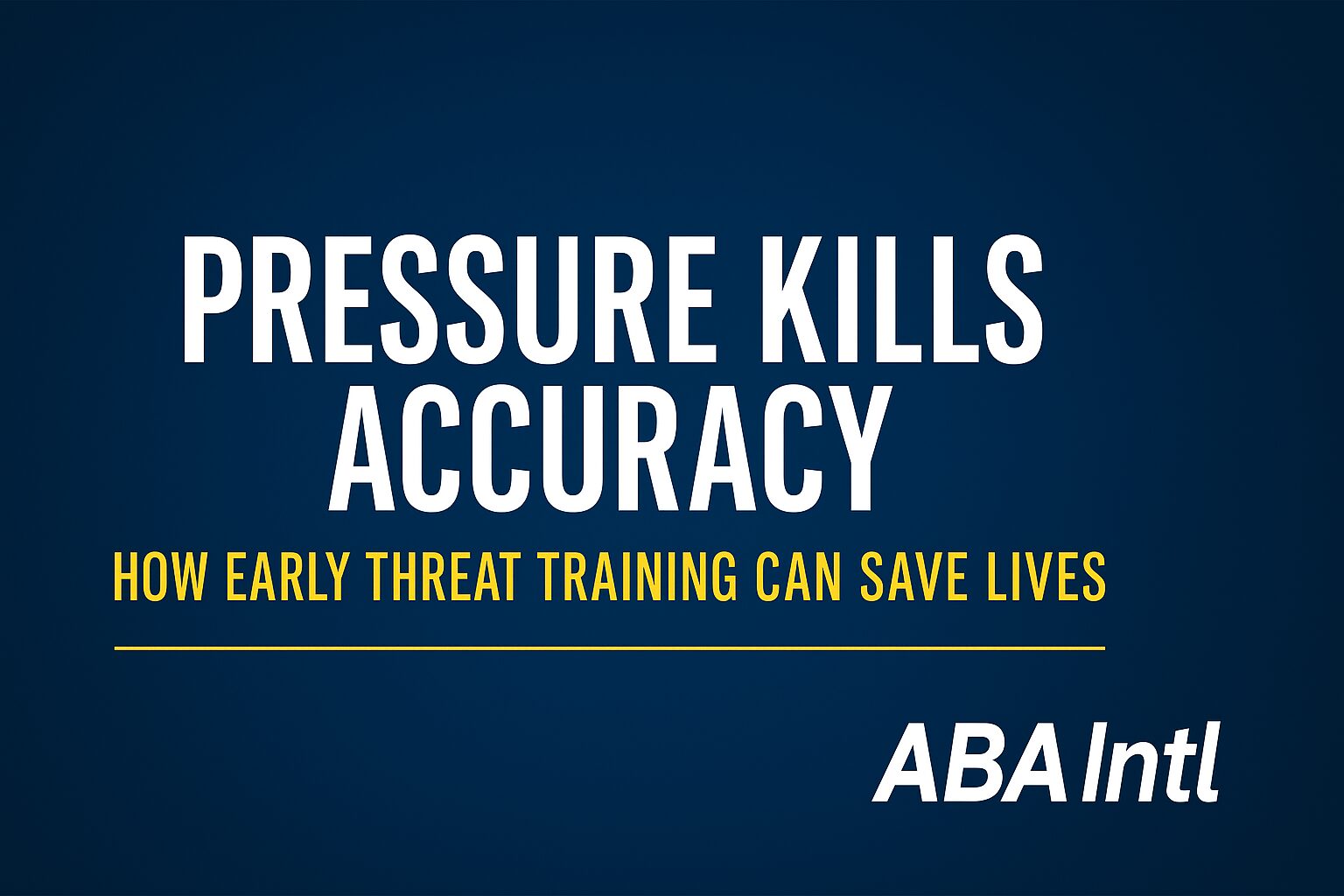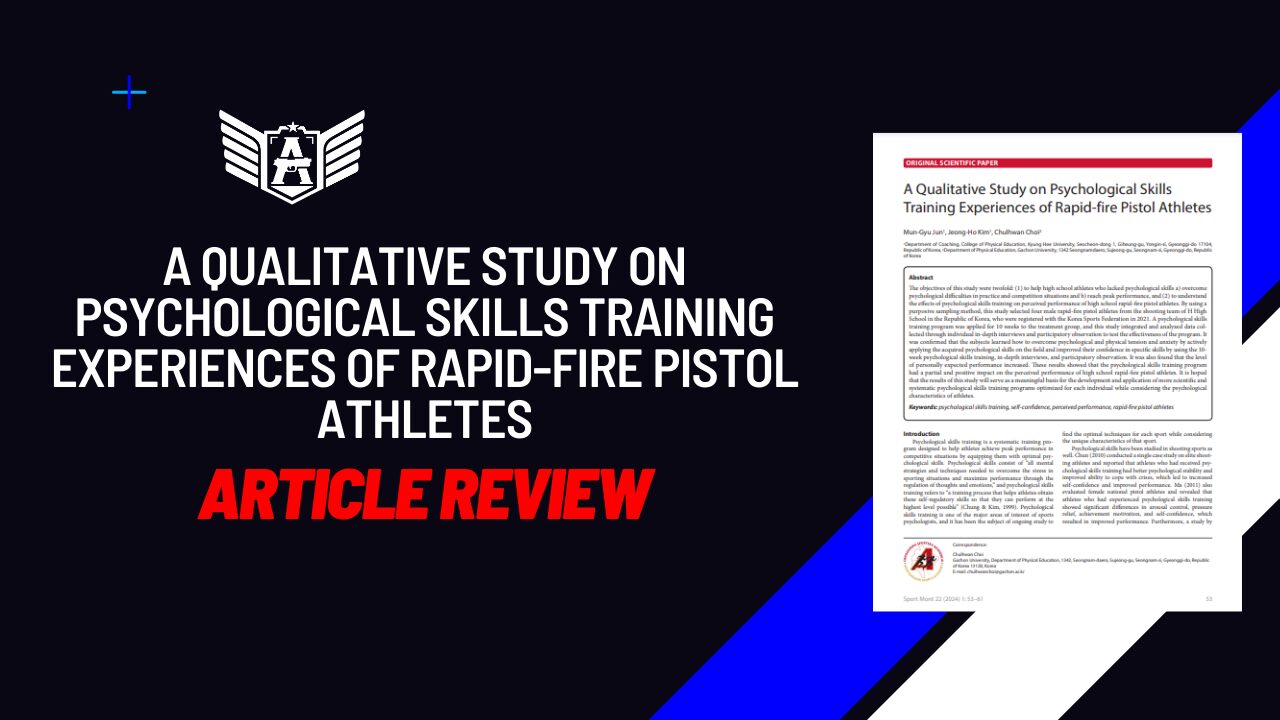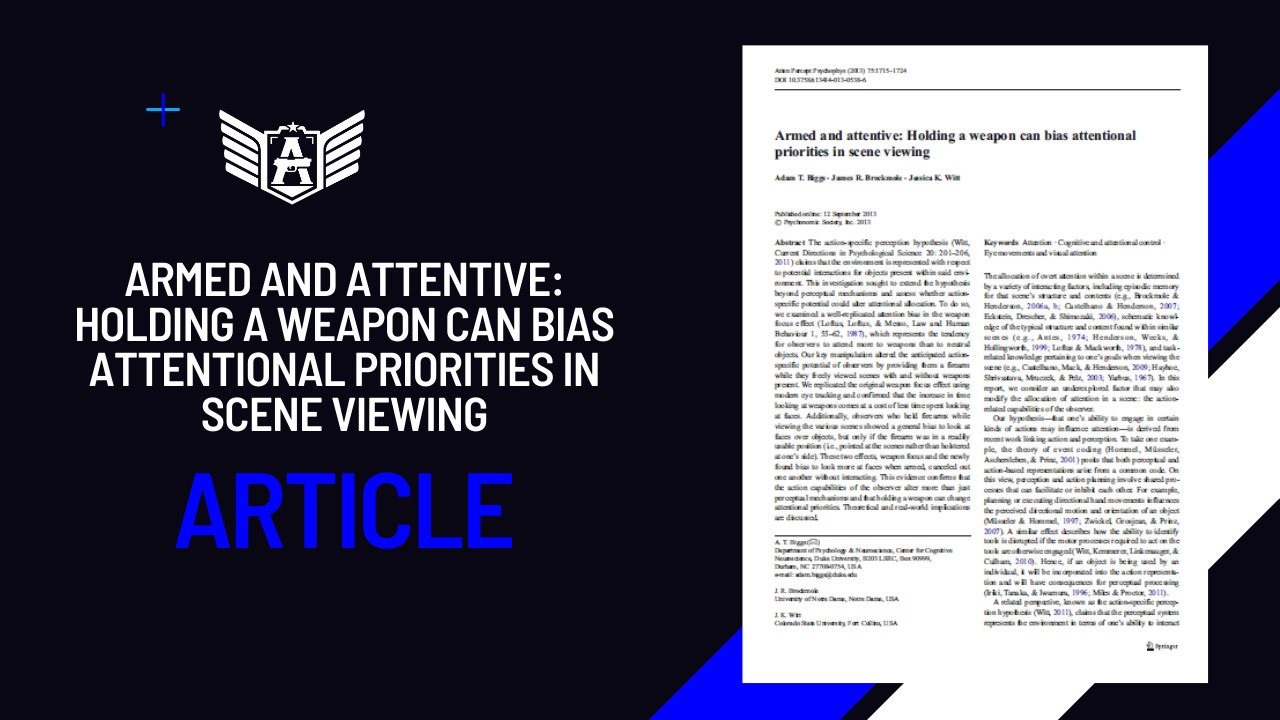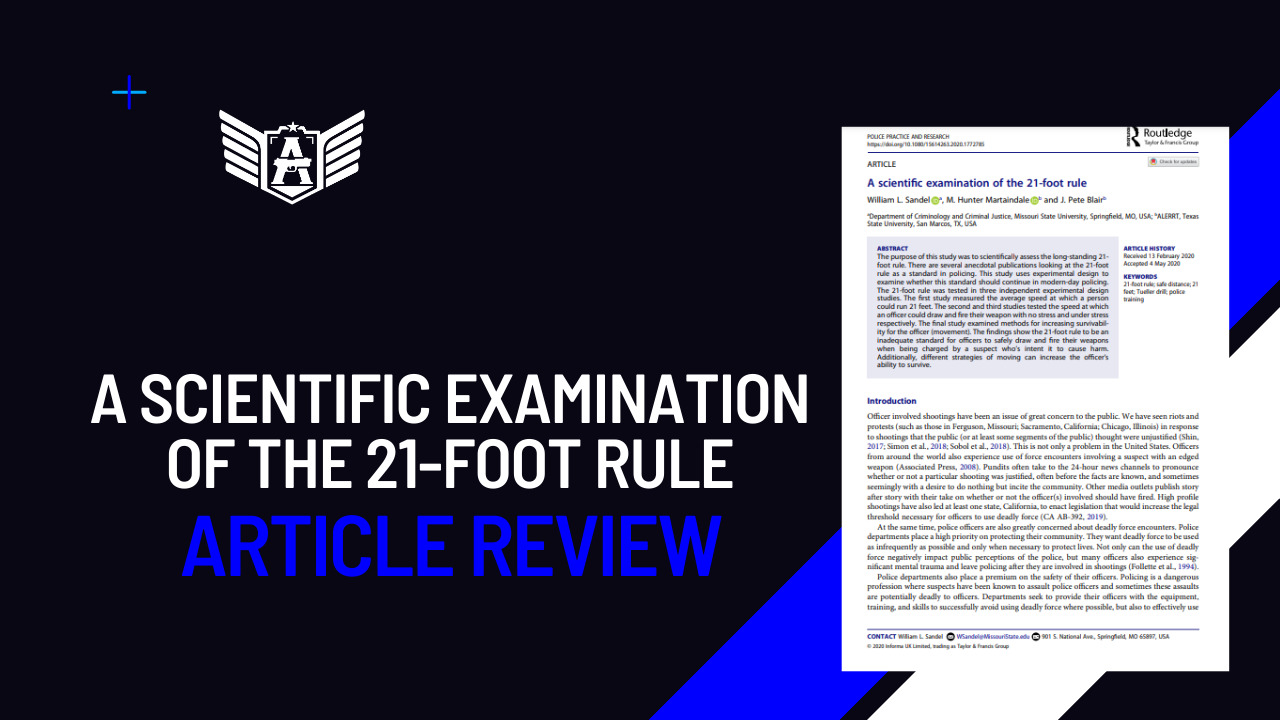New scientific evidence confirms what ABA Intl has practiced for years through TMM
When officers are forced to shoot under pressure, they often miss. This isn’t a training flaw—it’s a training gap.
A 2024 systematic review and meta-analysis published in Human Factors confirms what tactical professionals have long observed: pressure severely impairs marksmanship and decision-making. But more importantly, it shows how to fix it.
📚 Publication Details
Title: Negative Consequences of Pressure on Marksmanship May Be Offset by Early Training Exposure to Contextually Relevant Threat Training: A Systematic Review and Meta-Analysis
Authors: Daniel Cooper, Joel Fuller, Mark W. Wiggins, Jodie A. Wills, Luana C. Main, and Tim Doyle
Journal: Human Factors, Vol. 66(1), 2024, pp. 294–311
DOI: 10.1177/00187208211065907
🔬 What Was Studied?
The authors—renowned researchers from Macquarie University and Deakin University—analyzed 17 studies with 960 tactical professionals (military, law enforcement, etc.). They wanted to answer:
- How much does psychological pressure affect marksmanship?
- Does experience reduce those effects?
- Can specific training improve outcomes under stress?
🔎 Key Findings
- Accuracy drops by 14.8% under pressure
- Decision errors increase (e.g., shooting unarmed suspects)
- Reaction time gets faster but sloppier
- Experience helps: +1.1% accuracy per year of service
- But training under pressure helps even more: +10.6% improvement from early, threat-relevant training
This means a rookie with good training can perform like a veteran—if trained correctly.

🧠 Real-World Application
Traditional shooting practice—static, calm, predictable—doesn’t prepare anyone for reality. As the study explains, “range-based training without contextual pressure offers poor transfer to real-world use-of-force.”
That’s where ABA Intl stands apart.
⚙️ TMM: The ABA Intl Method Ahead of Its Time
At ABA Intl, our TMM methodology (Technique, Metrics, Method) already applies the core findings of this research:
- Technique: We emphasize performance-based shooting positions, stress inoculation, and task-specific biomechanics.
- Metrics: We evaluate not just hits, but how shooters perform under realistic cognitive and emotional load.
- Method: Our students train with early exposure to threat, including role-players, force-on-force scenarios, and decision shooting—exactly what Cooper et al. recommend.
This isn’t new to us. TMM has integrated stress-conditioning and contextual threat simulations since its inception.
🧭 Why It Matters
In combat or defense situations, the first casualty is often skill under stress. Cooper et al. provide the data behind a reality we’ve known for years:
“Train under pressure—or fail under pressure.”
ABA Intl ensures that doesn’t happen.
Quote verbatim from the article
Conclusion
The evidence from the current meta-analysis indicates that, under increasing threat conditions, marksmanship performance appears to be negatively impacted, resulting in significant reductions in task execution. This effect is likely due to an increase in the fixation on threat information or given cues, resulting in a higher probability of false identification and a faster reaction time to engage. It is also associated with a reduction in the frequency of gaze fixations on task-relevant marksmanship information and a subsequent reduction in marksmanship accuracy. Experience appears to mitigate the impact of pressure. However, it remains unclear whether performance evident in the training environment translates to performance in real-world, life-threatening situations.
Intervention strategies that have been directed towards exposing participants to contextually relevant threats early in their learning through simulated or virtual training situations appear to elicit improvements in performance. However, these evaluations have been limited to training environments and lack real-world data to support the transfer of training into the operational environment. In the absence of standardised reporting, training and threat stimulus procedures, it is difficult to determine with certainty, the impact of high pressure situations on performance and the most effective interventions to enhance performance in relevant environments. Consequently, further research should be directed towards exploration the integration between contextually relevant training and high pressure environments early in the process of motor skill acquisition, particularly to address the relative paucity of available evidence on the impact of pressure on marksmanship performance in such high consequence environments.
Reference
Cooper, D., Fuller, J., Wiggins, M. W., Wills, J. A., Main, L. C., & Doyle, T. (2024). Negative consequences of pressure on marksmanship may be offset by early training exposure to contextually relevant threat training: A systematic review and meta-analysis. Human Factors, 66(1), 294–311. https://doi.org/10.1177/00187208211065907




